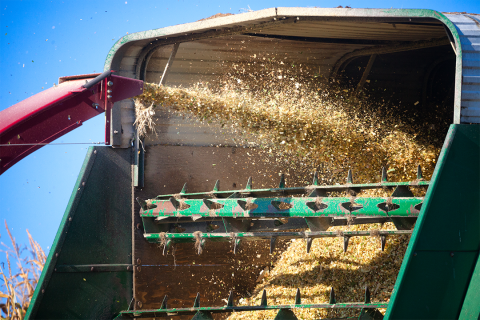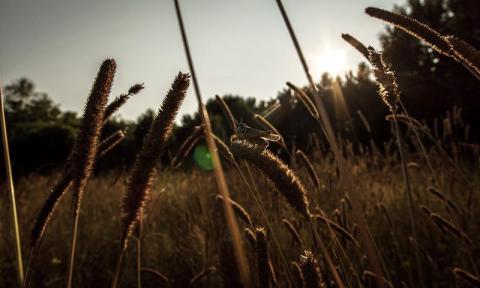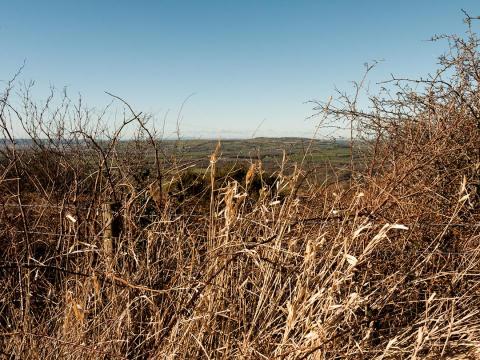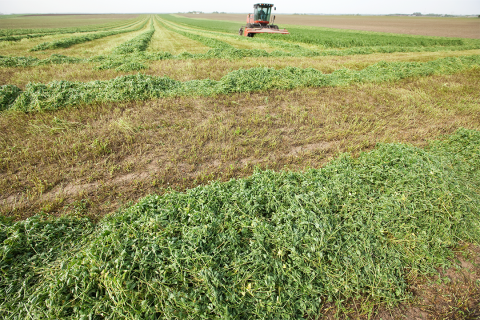Pasture and Forage Minute: Understanding Nitrate Scores, Corn Silage Pricing
September 6, 2023
Extension educators review the importance of understanding nitrate and nitrate nitrogen scores in forage test results, how to price corn silage to salvage drought-stressed crops, and selecting winter annual forages.
Pasture and Forage Minute: Managing Grasshoppers, Pasture Weeds and Wet Hay
August 23, 2023
Insights on late summer grasshopper and pasture weed control, and options for producers putting up hay in wet conditions.
Pasture and Forage Minute: Managing Drought-stressed Brome, Alfalfa Seeding
August 17, 2023
Insights on managing drought-stressed brome pastures this fall, planting windows and weed control for fall-seeded alfalfa, and registration information about upcoming field days.
Pasture and Forage Minute: Corn Silage Harvest and Storage, Rejuvenating Thin Alfalfa
August 3, 2023
Extension educators share recommendations on strategies for silage harvest and storage, and ways to improve thinning alfalfa fields to delay the need for a complete reseeding.
Pasture and Forage Minute: Forage Considerations for Hail, High Temperatures
July 26, 2023
Extension educators review warm- and cool-season grass production during periods of extreme heat, preparing for corn silage harvest and forage options for corn and soybean fields with severe hail damage.
Pasture and Forage Minute: Managing Alfalfa Windows, Grazing Summer Annual Forages and Water Quality
July 10, 2023
Management strategies for curing alfalfa windrows in adverse weather conditions, grazing sudangrass and sorghum-sudan hybrids safely, and water quality issues for livestock on pasture.
Pasture and Forage Minute: Grasshopper Control, Sub-irrigated Meadow Hay Harvest
July 7, 2023
Extension insights on grazing strategies to accommodate weather changes, grasshopper scouting and treatment recommendations, and tips for getting the most out of sub-irrigated meadow hay harvest in Nebraska.
Pasture and Forage Minute: Drought-stunted Alfalfa Options, Bluegrass Control
June 27, 2023
Recommendations for producers facing short alfalfa stands from drought stress and encroaching bluegrass, plus water needs for livestock during summer.







